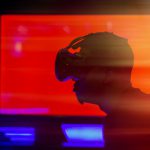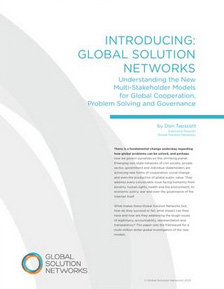Information technology in the private sector didn’t make a substantive difference until users realized IT’s real purpose was to do more than simply digitize existing processes. IT enabled new processes and new business models.
I was reminded of this when reading an interesting story in the New York Times entitled “In a Digital Future, Textbooks are History.”
A number of states are looking at e-books to help cut the cost of education, with California being the most well-known example. The idea: give every student a laptop or Kindle-style reader and distribute the reading material digitally at a discount. Conventional textbooks would be cheaper since the costs of paper and printing would be eliminated. And the savings could be even greater if teachers collaborated to produce an open-source compendium of information they had created themselves,
But that is not the real prize of the exercise. As the Times noted, “Textbooks have not gone the way of the scroll yet, but many educators say that it will not be long before they are replaced by digital versions – or supplanted altogether by lessons assembled from the wealth of free courseware, educational games, videos and projects on the Web.”
This is the key. “Kids are wired differently these days,” said Sheryl R. Abshire, chief technology officer for the Calcasieu Parish school system in Lake Charles, La. “They’re digitally nimble. They multitask, transpose and extrapolate. And they think of knowledge as infinite.
“We should be bracing ourselves for way more interactive, way more engaging videos, activities and games,” said Marina Leight of the Center for Digital Education, which promotes digital education through surveys, publications and meetings.
The article gives the example of the Empire High School in Vail, Ariz., students use computers provided by the school to get their lessons, do their homework and hear podcasts of their teachers’ science lectures. In an Empire High School history class on elections, for example, students created their own political parties, campaign Web sites and videos.
“Students learn the same concepts, but in a different way,” said Matt Donaldson, Empire’s principal. “We’ve mapped out our state standards, and our teachers have identified whatever resources they feel best covers them, whether it’s a project they created themselves or an interesting site on the Internet. What they don’t do, generally, is take chapters from textbooks.”






the idea off a device with say 200 books loaded that weighs about 300 grams is appealing compared to Uni text book that weighs a kilo !
I'm reading this just having watched your “Penny For Your Thoughts” video. I plan to play that in my next IT class, where I teach blind and partially sighted children. It should provoke an intelligent discussion.
There is no way these kids can ever hope to keep up with the digital information explosion by reading Braille embossed onto paper, but nowadays their talking laptops and the Internet empower them to access a portal or two into a few of those e-worlds teeming with words.